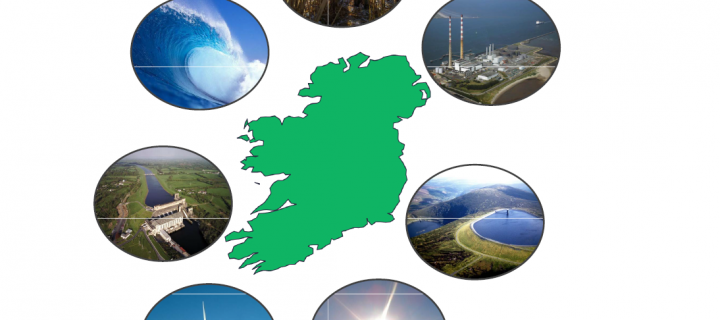I published a journal article outlining the economic viability of electric roads in 2017 in the journal of Energy Strategy Reviews. To date, I have also published two reports about electric reports: Version 1: RoadRail 2012 Report Version 2: eRoad 2016 Report Version 1 from 2012 was published before any major developments in conductive electric roads, so the cost and performance of electric roads are based on technologies which have similar characteristics such as electric trams and transmission lines. In version 2, a more in depth analysis was carried out since new data became available about electric roads. A brief overview of the concept is provided in the video below, followed by a summary of version 2 and the key messages from the study. Affordability of Electric Roads (4 mins) Brief Overview of the Concept and Study (14 mins) Summary: Version 2, eRoads This study compares electric roads with oil (petrol and diesel) and battery electric vehicles, using Denmark as a case study. Electric roads can reduce the cost of electric vehicles by supplying them with electricity directly from the road rather than via a battery for long-distance journeys. In this paper, an electric road scenario is compared to both an oil and battery electric vehicle scenario using the 2010 Danish energy system, but for two sets of costs: one set based on historical costs from the year 2010 and one based on projected costs for the year 2050. The results indicate that electric roads are more expensive than oil today, but they will be cheaper than oil in 2050. Furthermore, electric roads are cheaper than Battery Electric Vehicles in all of the scenarios considered here, which indicates that the upfront investment required to build the electric roads is less than the additional battery capacity required for electric vehicles if they are not installed. The electric road and battery electric vehicle scenarios are more efficient and produce less carbon dioxide emissions than their corresponding oil scenarios for two key reasons: 1) the vehicles are more efficient and 2) electric vehicles enable more renewable electricity to be integrated onto the electricity grid. This is particularly evident in 2050, since the price of fossil fuels increases...
Read MoreIn this study, I quantified the impact of one potential transition for Europe from fossil fuels to 100% renewable energy, based on the Smart Energy System approach. This project was carried out in collaboration with the European Commission. Below is a short video about the study along with some links to the various publication formats: Final Report Journal Paper (In Press, Uncorrected Proof) Conference Paper Smart Energy Europe: Video Summary (5...
Read More(DOWNLOAD PAPER) Green Plan Ireland is based on a peer-reviewed scientific paper I published in the International Journal of Sustainable Energy Planning and Management, which outlines how Ireland can transition to a 100% renewable energy system without increasing the costs of energy, but while creating 100,000 additional jobs at the same time. The key steps required in a 100% renewable energy system are: Expanding electricity production from onshore wind, offshore wind, and solar panels Converting the heat supply in Irish cities from gas boilers to district heating Converting the individual boilers in the rural areas from coal and oil to electric heat pumps Converting our cars from petrol and diesel to electricity Producing liquid and gaseous fuels from a combination of carbon dioxide and hydrogen, which are known as synthetic fuels Here you can download: A Brief Summary The Green Plan Ireland Paper (in pdf format) Original Journal Paper An energy flow diagram for the the 100% renewable energy scenario proposed (see links below) The Computer Models used in the Study Podcast on 100% Renewable Energy Presentation of Green Plan Ireland In this video, I present the Green Plan Ireland study, which outlines how Ireland can transition from fossil fuels to 100% renewable energy by the year 2050. The event was kindly hosted by the IIEA in March 2016. Energy Flow Diagram (Download in Pdf or PNG format) The energy flow diagram provided here represents the flow of energy in the 100% renewable energy scenario proposed in Green Plan Ireland. As emphasised in the study, this should be viewed as one potential 100% renewable energy scenario for Ireland and not as an ‘optimum’ scenario. An energy flow diagram is available for a more optimised 100% renewable energy scenario from the CEESA project, which focused on Denmark (see Figure 3.13 on page 57 of the main report). CEESA was a five-year research project involving more than 20 researchers across 7 different university departments or research institutions in Denmark, so the analysis is much more detailed than in Green Plan Ireland. Therefore, this energy flow diagram is over simplified compared to reality so that it is easier to understand, both in its design and its presentation. A detailed eneryg flow diagram is provided for the synthetic/electrofuels explicitly...
Read More




